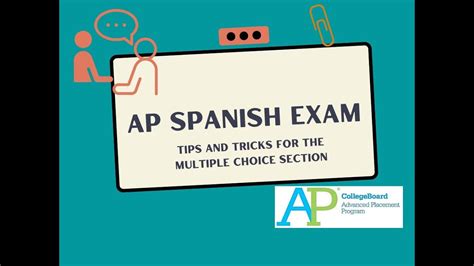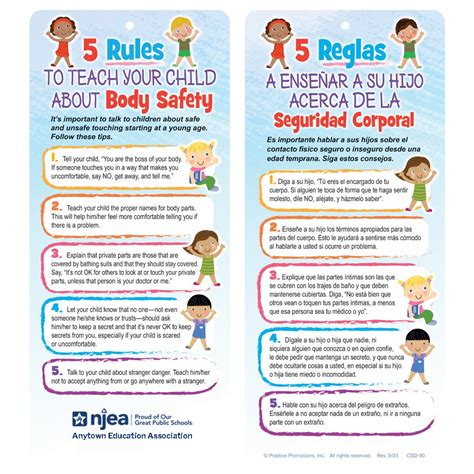Teaching Spanish as a foreign language can be a rewarding experience, allowing individuals to connect with diverse cultures and communities. With over 460 million native speakers, Spanish is the second most widely spoken language in the world, making it an invaluable skill for personal and professional development. To effectively teach Spanish, it's essential to create an engaging and immersive learning environment that caters to different learning styles and abilities. Here, we'll explore five tips for teaching Spanish, focusing on practical strategies and expert insights to enhance language acquisition.
Key Points
- Establish a strong foundation in grammar and vocabulary
- Use authentic materials and real-life scenarios for context
- Incorporate various teaching methods to cater to different learning styles
- Encourage active participation and conversation practice
- Leverage technology to supplement traditional teaching methods
Creating an Immersive Learning Environment

An effective Spanish learning environment should simulate real-life situations, allowing students to engage with the language in a practical and meaningful way. This can be achieved by using authentic materials such as Spanish newspapers, magazines, videos, and music. For example, a study by the International Journal of Language and Linguistics found that students who used authentic materials showed a significant improvement in their language proficiency compared to those who used traditional textbooks. By exposing students to various accents, dialects, and cultural references, teachers can help them develop a more nuanced understanding of the language and its diverse applications.
Focus on Grammar and Vocabulary
A strong foundation in grammar and vocabulary is essential for any language learner. Spanish, in particular, has a complex grammar system with many irregularities, making it crucial to provide students with a clear and structured approach to learning. Teachers can use a variety of resources, such as grammar guides and vocabulary lists, to support students in their learning journey. For instance, the Spanish Grammar Guide by StudySpanish provides a comprehensive overview of Spanish grammar rules, including verb conjugations, tense usage, and sentence structure. By focusing on key grammar concepts and vocabulary, teachers can help students build a solid foundation for further language development.
| Grammar Concept | Example Sentence |
|---|---|
| Present tense verb conjugation | Yo como una manzana (I eat an apple) |
| Preterite tense verb conjugation | Yo comí una manzana (I ate an apple) |
| Subjunctive mood | Espero que vayas al cine (I hope you go to the movies) |

Encouraging Active Participation and Conversation Practice

Active participation and conversation practice are critical components of language learning, allowing students to apply their knowledge in a practical and meaningful way. Teachers can encourage students to engage in conversations, role-playing, and other interactive activities to build their confidence and fluency in Spanish. For example, a study by the Language Learning Journal found that students who participated in conversation practice showed a significant improvement in their speaking skills compared to those who focused solely on grammar and vocabulary. By providing students with opportunities to practice their speaking skills, teachers can help them develop a more authentic and effective way of communicating in Spanish.
Leveraging Technology to Supplement Traditional Teaching Methods
Technology can be a powerful tool in language learning, providing students with access to a wide range of resources, including language learning apps, online courses, and virtual reality experiences. Teachers can leverage technology to supplement traditional teaching methods, providing students with additional support and practice outside of the classroom. For instance, the Duolingo language learning app offers a comprehensive Spanish course with interactive lessons, quizzes, and games. By incorporating technology into their teaching practices, educators can create a more flexible and personalized learning environment that caters to different learning styles and abilities.
What are some effective ways to teach Spanish grammar?
+Effective ways to teach Spanish grammar include using a combination of traditional teaching methods, such as grammar guides and vocabulary lists, and innovative approaches, such as gamification and real-life scenarios. Teachers can also use technology, such as language learning apps and online courses, to provide students with additional support and practice.
How can I encourage my students to practice their Spanish speaking skills?
+To encourage students to practice their Spanish speaking skills, teachers can provide them with opportunities to engage in conversations, role-playing, and other interactive activities. This can include pairing students with language exchange partners, creating conversation clubs, or incorporating speaking activities into lesson plans.
What are some common challenges that Spanish learners face, and how can teachers address them?
+Common challenges that Spanish learners face include difficulties with grammar, vocabulary, and pronunciation. Teachers can address these challenges by providing students with clear explanations, examples, and practice opportunities. Additionally, teachers can use technology and innovative approaches to make learning more engaging and interactive, and to provide students with additional support and practice outside of the classroom.
In conclusion, teaching Spanish requires a comprehensive approach that incorporates various teaching methods, technologies, and resources. By focusing on grammar and vocabulary, encouraging active participation and conversation practice, and leveraging technology to supplement traditional teaching methods, educators can create a more effective and engaging learning environment for their students. As a seasoned Spanish instructor, I’ve seen firsthand the impact that these strategies can have on language learners, and I’m confident that they can help you achieve your teaching goals.



